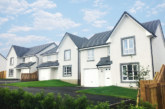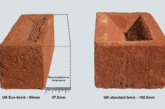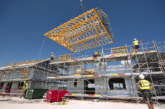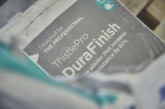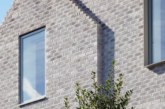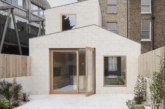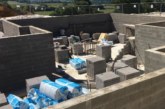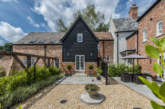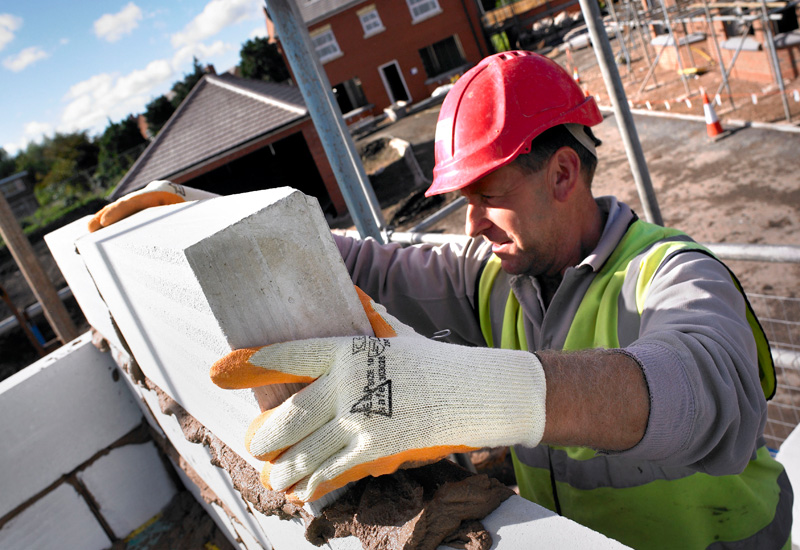
Chris Mason, Blocks Technical Sales Manager at Tarmac’s Building Products division, tells us why there’s more to blocks than structural soundness.
Blockwork for both floors and walls can, literally, be the foundation and structural heart of any building project. The untrained eye may see a block as purely a structural component but its ability to provide unique combinations of thermal and acoustic performance means they are much more.
A simple block is, in reality, an integrated and flexible part of any successful construction system and is able to be adapted and configured to suit the specific criteria of any building project.
Blocks are incredibly versatile; not just used below ground in foundation walls, but in suspended beam and block floors, and in all types of internal and external walls. This also means that a block choice can be crucial in meeting the full range of Building Regulation requirements.
They are an optimally sustainable building material, with excellent thermal, acoustic, and energy-saving properties, whilst offering various ways to meet BREEAM requirements and achieve high levels of recyclability.
Low thermal conductivity in aircrete blocks for instance, aids compliance with Part L thermal standards and can result in a reduction in the amount of cavity insulation required to meet U-values.
In terms of acoustics, aircrete blocks make it simple to meet Part E Sound Insulation for houses and flats, including compliance with Robust Detail specifications. Tarmac’s Durox blocks for example, are ideal when looking to provide acoustic insulation between internal rooms.
In addition to retaining warmth and providing acoustic solutions, blocks can be a contributing factor to fire protection systems by offering periods of fire resistance which satisfy building regulations and other imposed requirements such as those requested by insurers. As an example, Durox products conform to a fire rating of Class A1 to BS EN 13501-1: 2002, based on the UK National Annex to Eurocode 6: Design of masonry structures (Part 1-2).
In addition to the inherent characteristics that contribute to thermal, acoustic, and environmental requirements, a leading block brand which has been consciously designed to support the builder can bring even further benefits. For instance, a 620mm long Durox block is 40% longer than conventional sizes which not only improves laying speed but produces fewer mortar joints to ultimately result in cost savings of up to 22%. Its lightweight nature even means that transportation is not only easier but more environmentally friendly.
Ultimately, the wide variety of characteristics and benefits that a simple block can bring to a building project reiterates the importance of the specification process and using a high-quality product. The right block choice is essential not only for achieving a quality build which meets all necessary regulations, but in maximising the efficiency and profits of the contractor.
Order a copy of the Tarmac’s Blocks Manual by emailing marketing@tarmacbp.co.uk. For more details on Tarmac’s range of products visit www.tarmac.com

